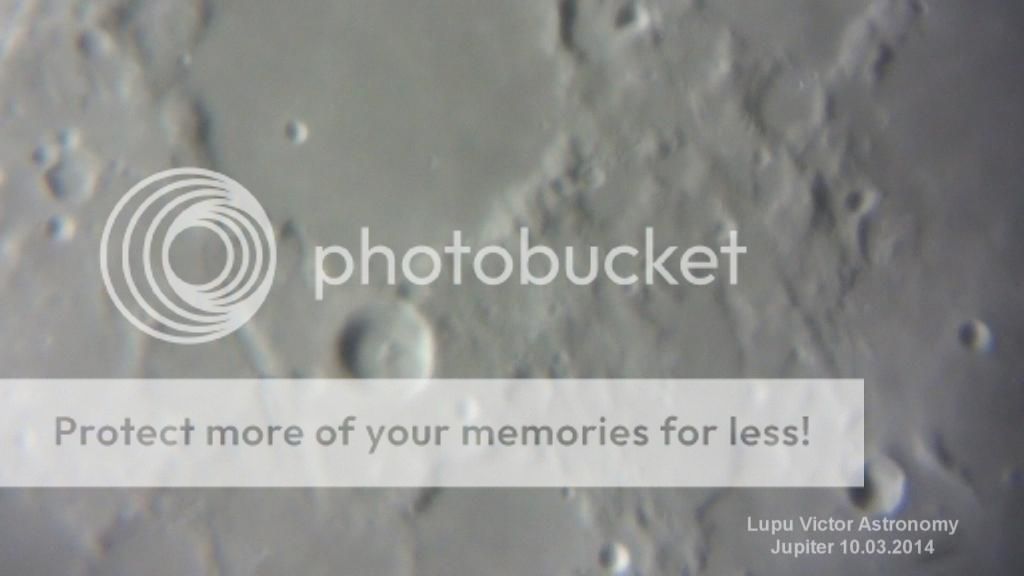This area has been described in other articles, in which you notice a large crater, with a clean floor, called Ptolemaeus (Ptolemy). It is the head of a column of 3 craters decreasing in size, Ptolemaeus (153 km) is the largest, followed by Alphonsus (108 km) and Arzachel (97 km).
On Ptolemaeus's north, is a small crater called Herschel (41 km). The image is reversed and therefore appears at the south).
If you did not know, in the solar system there are several craters named Herschel: one is on the Moon, seen here, one on Mars and one on a Saturn moon called Mimas.
Crater name is given in memory of Frederick William Herschel, (Friedrich Wilhelm Herschel), (15 November 1738 - 25 August 1822) who was a German astronomer and composer.
Herschel is an important figure in the world of astronomy's important discoveries, as is the planet Uranus with two of his satellites, Titania and Oberon, two moons of Saturn, and the discovery there infrared radiation.
 |
| Image for your orientation from 29 april 2012. |
| |||||||||||
|---|---|---|---|---|---|---|---|---|---|---|---|
Moon Age: 9.05 days
Phase: 70.5% (0% = New, 100% = Full)
Distance: 399.221 km
Optics: Celestron C8-Newtonian telescope, 20mm Plossl, 2x barlow
Mount: CG5 (EQ5)
Camera: Sony CX130
Filter: no
Date: 10/03/2014
Location: Baia Mare, Romania
Processing: FastStone Image Viewer
Phase: 70.5% (0% = New, 100% = Full)
Distance: 399.221 km
Optics: Celestron C8-Newtonian telescope, 20mm Plossl, 2x barlow
Mount: CG5 (EQ5)
Camera: Sony CX130
Filter: no
Date: 10/03/2014
Location: Baia Mare, Romania
Processing: FastStone Image Viewer




 Friday, September 12, 2014
Friday, September 12, 2014
 Unknown
Unknown





 Posted in:
Posted in: 


0 comments:
Post a Comment